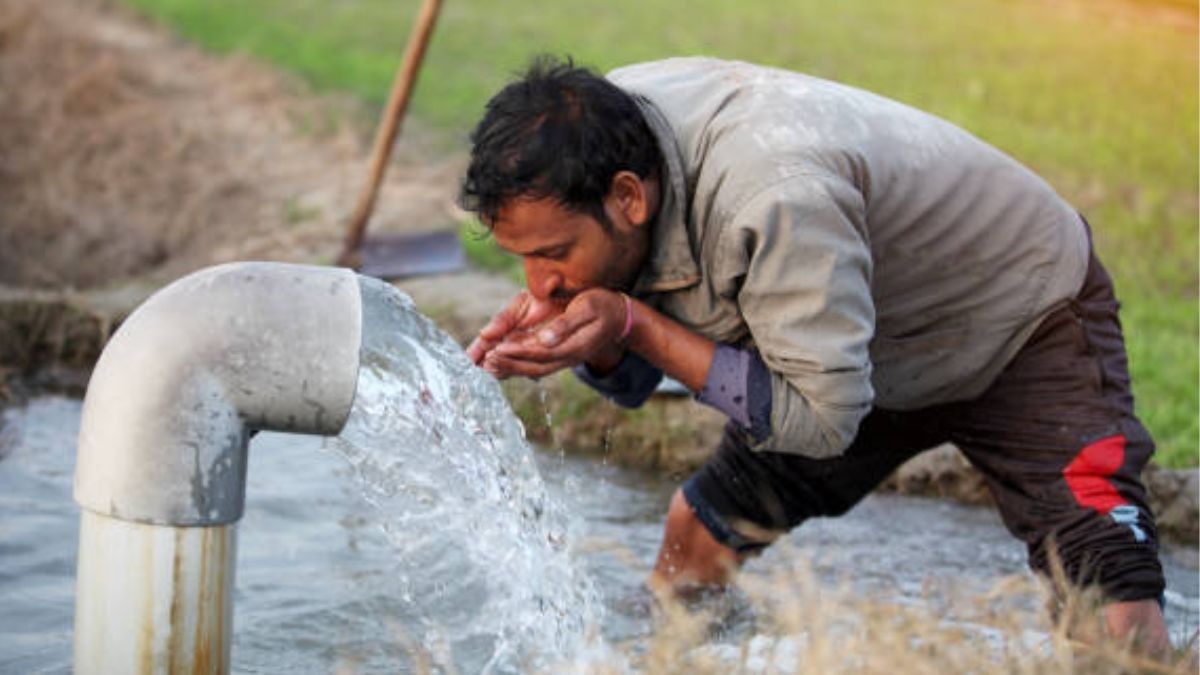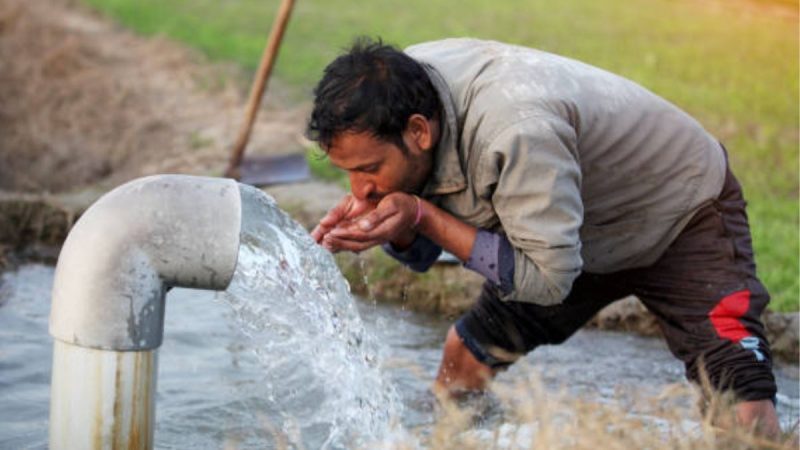As per a report by the World Bank, around 1.8 billion people in South Asia are at high risk of facing extreme heat by 2030. The recently released report, ‘From Risk to Resilience: Helping People and Firms’, warns that people from countries like India, Bangladesh, Pakistan and Sri Lanka will face heatwaves in the coming years if the government doesn’t implement protective measures quickly. Read on to know more about this surprising development in detail.
South Asians At High Heat Risk By 2030

As per a report published in Hindustan Times, temperature projections show that by 2030, approximately 89% of South Asians will face heat risk. Back in 2021, even spending six hours outdoors was considered unsafe, especially in India, Bangladesh, Pakistan, and Sri Lanka. The World Bank has stated in their report titled ‘From Risk to Resilience: Helping People and Firms Adapt in South Asia’ that South Asia is one of the most climate-vulnerable regions and is at high risk of facing extreme temperature conditions and heatwaves by 2030.
According to the report and surveys, more than 60% of households have reported experiencing extreme weather in the last five years. This number is expected to increase to more than 75% in the next decade.
Also Read: Weather Update: 42°C Forecast For Delhi-NCR, IMD Warns of Heatwave In UP, Haryana, & Other States
Many households and firms are already taking steps to adapt to these risks and changing climate conditions. Around 77% of surveyed households have adopted solutions like rainwater harvesting to cope with drought and housing reinforcement to deal with sudden storms. However, only 1.1% of them have weather insurance as a solution.
Coping With The High Heat
Some South Asian households have also taken other steps, such as raising house foundations, installing more fans, using climate-resilient seeds, or relocating to areas with lower risk. As per HT, this alarming state of situation was also addressed by the World Bank’s Vice President for South Asia.
He stated that people and firms are trying their best to cope with the limited tools and solutions available. Moreover, he also said that governments should act quickly to remove any barriers that may affect proper adaptation. He also suggested some of the urgent measures, like expanding access to finance and investing in public infrastructure.
Also Read: Why Delhi Feels Like 50°C? The Science Behind The Unbearable Summer Heat Explained
The growing risk of high heat and extreme weather for South Asians is certainly alarming. The need to act against this problem is not only urgent but also crucial. Both the government and the community will have to work together to tackle this rising threat.
Cover Image Courtesy: Pexels/ pixelfusion3d
For more such snackable content, interesting discoveries and the latest updates on food, travel and experiences in your city, download the Curly Tales App. Download HERE. First Published: June 04, 2025 6:30 PM




